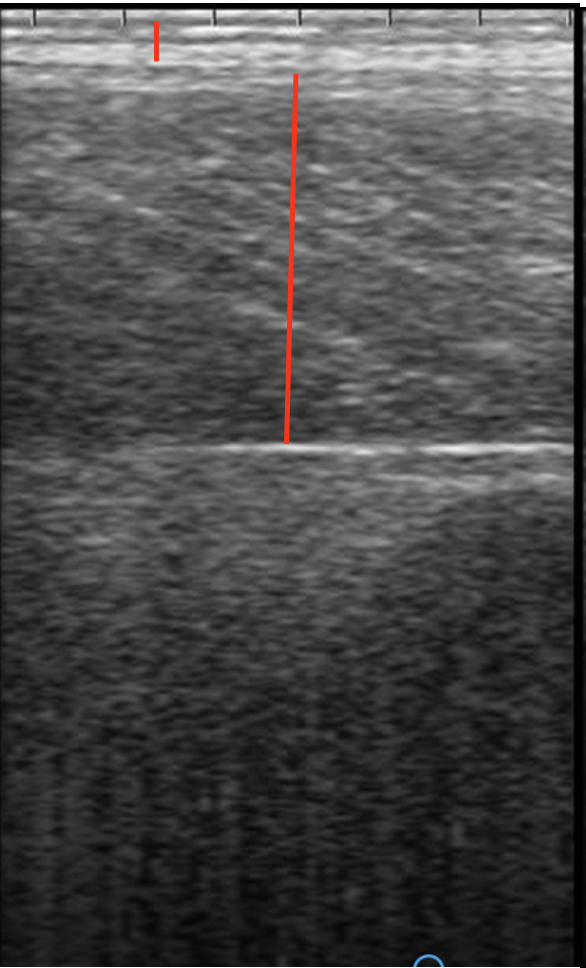Karla Solis, Emily S. O’Meara, and Dr. Phil Cardoso
July 2023
Skeletal muscle and adipose loss occur in the transition period because cows often experience negative energy balance during this time and therefore must use muscle and adipose tissue to meet energy demands after calving [1]. It is important for us to understand these physiological changes prepartum and postpartum to meet cows’ demands and assist in replenishing these tissues
In the prepartum period, the dry cow adjusts her amino acid (AA) utilization to meet the requirements of lactation and her developing fetus [1]. During this time, the uterus will increase in size. In the final stages of gestation, the mammary gland will grow and develop secretory cells and produce large volumes of milk—all while the fetus is developing. These processes all require AAs to support this growth and development.
Postpartum AAs are necessary to keep up with the high demands of milk production [1]. Protein mobilization is the greatest after the first week of lactation up to the fifth week [1]. Many organs, including the liver and digestive tract, will increase in size following parturition and will require more AA [1]. Postpartum, there may not be enough dry matter intake (DMI) to provide dairy cows with adequate digestible AAs; therefore, their bodies resort to using muscle to supply these AAs [1]. They can convert these AAs to glucose to meet the increased glucose requirement post-calving [1]. Positive energy balance is necessary for dairy cows undergoing parturition, as the energy needed for lactation will outweigh the energy needed for other nutrient factors [2]. Energy balance is directly correlated with the development of production disease. DMI is also highly correlated with energy balance [2]. DMI during this time is extremely important, as an adequate DMI will decrease susceptibility to disease and lead to healthy parturition [2].
Our lab conducted an experiment to observe how amino acids, rumen-protected lysine (RPL), and rumen-protected methionine (RPM) affected skeletal muscle and adipose loss in cows fed controlled- and high-energy diets. Sixty-two multiparous Holstein cows were fed a controlled-energy diet (straw-based diet, 1.45 NEL, Mcal/kg of DM) with RPL and RPM [CEAA; 0.15% RPL and 0.09% RPM of dietary dry matter intake (DMI)]; a controlled-energy diet without RPL and RPM (control; CENAA); or a high-energy diet (corn silage based diet, 1.71 NEL, Mcal/kg of DM) with RPL and RPM (HEAA; RPL 0.22% and RPM 0.12% of dietary DMI). To quantify muscle and adipose depth and change during the transition period, we examined each cow between the second and third rib with an Ibex Pro ultrasound machine to measure back fat and the longissimus dorsi. Image J was used to measure the depth of back fat and muscle depth.
Prepartum cows fed a controlled-energy diet with AA supplementation tended to lose less back fat and muscle depth than cows fed the controlled-energy diet that received no AA. Postpartum, all treatments decreased back fat, and muscle depth decreased from day 3 to 70. There was a tendency for cows on the high-energy diet that received AA to have more back fat than cows on the controlled-energy diet that received AA.
Through the results of the experiment, we were able to understand the importance of feeding AA in the prepartum period. Cows that received supplemental AA in controlled-energy diets seemed to lose less muscle and adipose tissue than cows that were not given AA. This could be due to the increased need for AA in the prepartum period.

BS student Karla Solis ultrasounding cow

Day -28 relative to expected calving

Day 70 relative to calving
References
1. Joshi, N.P., Herdt, T. H. (2006). Production Diseases in Farm Animals. Wageningen Academic Publishers.
2. Boerman, J.P., McCabe C.J. (2020). Invited Review: Quantifying protein mobilization in dairy cows during the transition period. ARPAS. https://www.appliedanimalscience.org/article/S2590-2865(20)30072-0/fulltext

